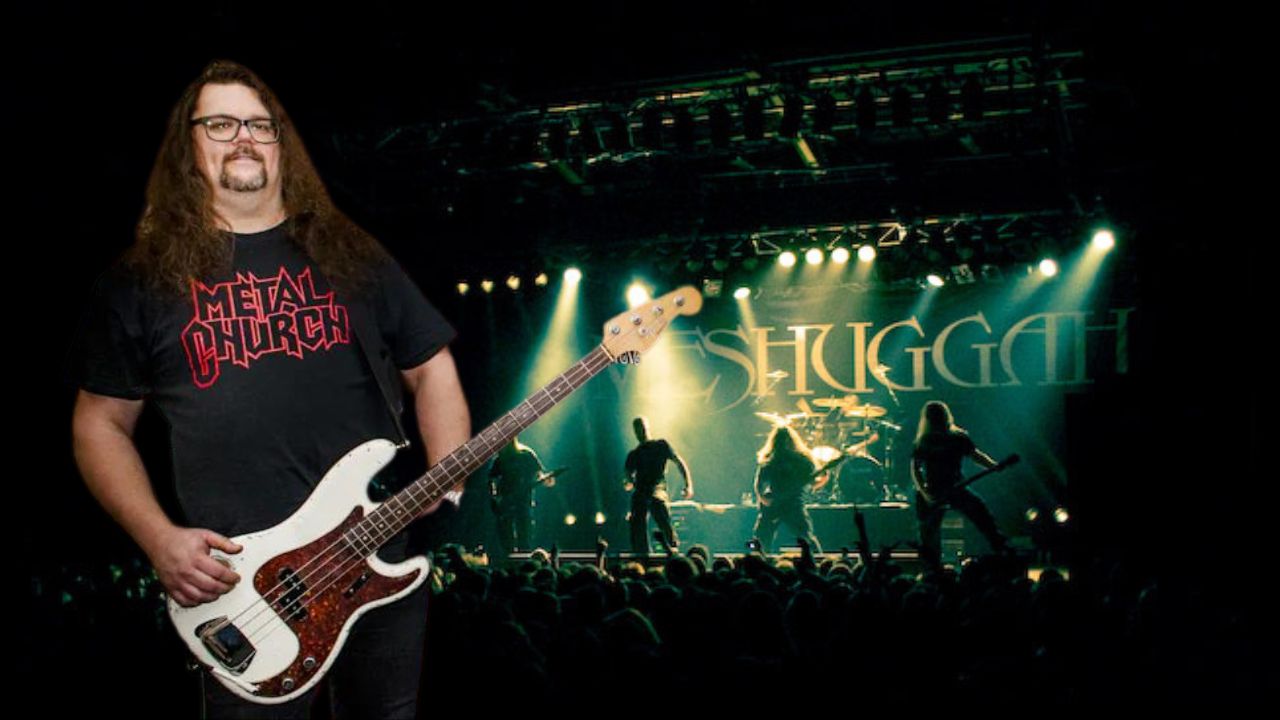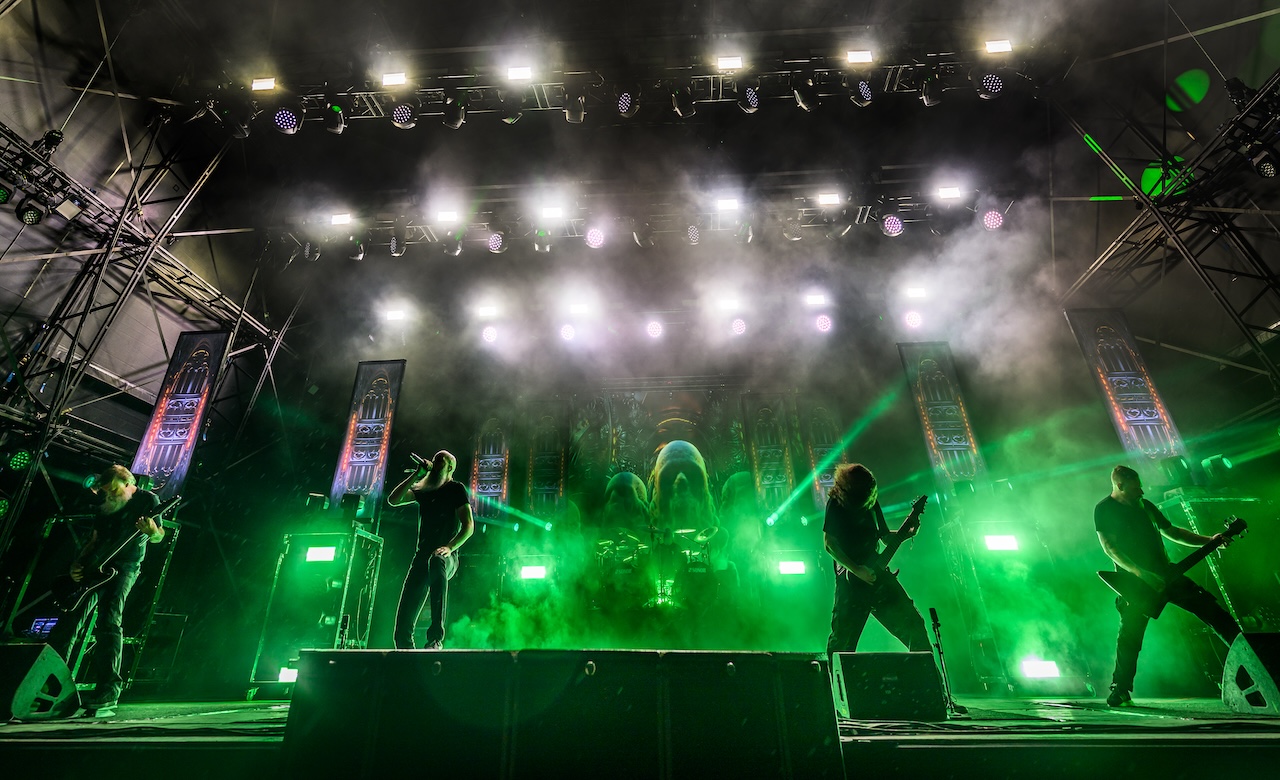
Released in 1995 on Meshuggah's Destroy Erase Improve album, Future Breed Machine's 172 BPM maze of nightmarish polymetric riffs and over-the-bar-line figures is so maniacally complex, it can leave the most sophisticated listener wondering, “What the hell just happened?”
The syncopations are occasionally so severe that the track sounds like it's skipping uncontrollably, but the execution is eerily flawless. The most common reaction is simply, “How is that even possible?”
The possibility began in Umea, Sweden, back in 1988. Original Meshuggah bassist Peter Nordin (who was with the band until 1995) connected with singer Jens Kidman, guitarist Fredrik Thordendal, and drummer Tomas Haake to form the lineup that eventually recorded Future Breed Machine.
They met at a progressive local ‘pop music school’ and began experimenting. “Riffs that wandered in 4/4 and then got back to the original location fascinated us,” Peter Nordin told Bass Player. “We started with pretty simple stuff and then got used to that kind of thinking.”
“We rehearsed three nights a week, plus weekends. And when we created a riff that had a wandering rhythm in 4/4, and someone had trouble understanding it, we slowed down the tempo and rehearsed it until all of us got the right feel for it. We were totally committed.”
Nordin cites Allan Holdsworth, Steve Vai, John Scofield, and Stanley Clarke as influences that, when mixed with early Metallica, created the unique Meshuggah compositional sound.
The first pattern of Future Breed Machine requires 17 16th-notes to complete (you'll also need a 5-string bass guitar tuned down a half-step). It occurs three times and then realigns with the 4/4 meter near the end of the fourth repetition. The devilishly tricky riff could be considered as consecutive bars of 5/16, 5/16, and 7/16, but that wasn't how Meshuggah saw it.
“Some say our music has polyrhythm, but we never do. It’s simply 4/4.” Nordin went on to explain that if they'd wanted to play it ‘straight,’ they would have cut off the final 16th-note, thereby creating an accented 4/4 figure. Meshuggah purposefully did not, and instead let it flow repeatedly over the bar line.
The verse groove isn't as bad. It's three repetitions of a chunky, five-quarter-note riff that crosses the bar line each time, with a short turnaround at the end. Listen out for the 5/4, 5/4, and 6/4 inside the 4/4, but remember that Meshuggah always feels it in 4/4.
The pre-chorus is merciless. Starting on beat three, a series of five 16th-note syncopations stretches over the remainder of two bars, and at 172 BPM, it's what entering a time-bent wormhole sounds like. “I love how Tomas plays there. He really kills the flow, and I guess it confuses anyone who hears it for the first time.” The chorus leaves 4/4 in a spinning series of odd-time riffs.
Amazingly, Nordin tracked Future Breed Machine with relative ease, overdubbing onto existing rhythm guitar and drum tracks. “I was pretty relaxed and it all went well. If I record something today, I'm more fearful and certainly more rehearsed! I guess it has something to do with the youthful sense of immortality.”

For those willing to take up the challenge of playing along with the recording, we've got three words for you: slow it down. Any way you can. What sounds impossible at 172 PM makes more sense at half-speed.
“This is a pretty fast song, but not that technically difficult. The most important thing is to really get the rhythms. The song is all 4/4 except the chorus. Just listen to the drums. Try to count one-two-three-four and listen how the figures move.”







